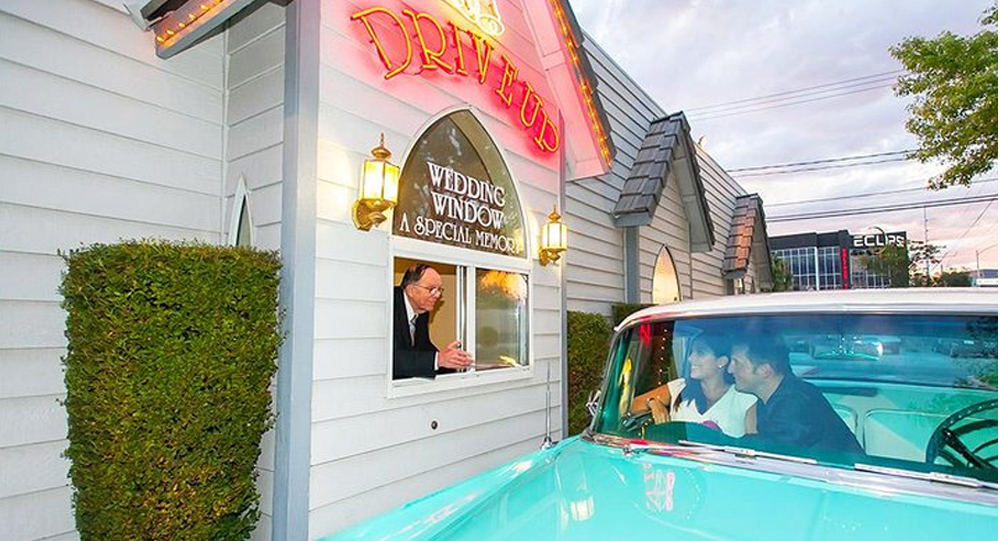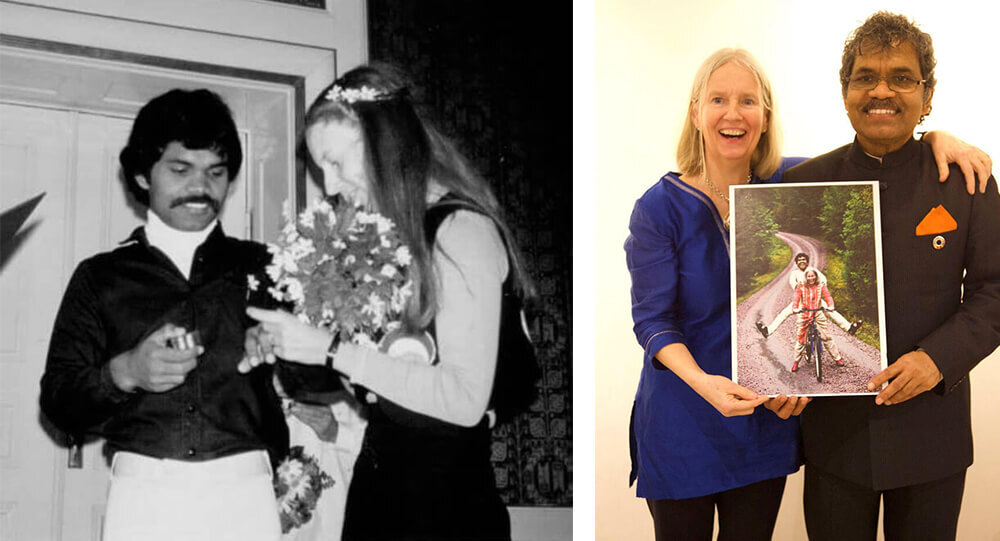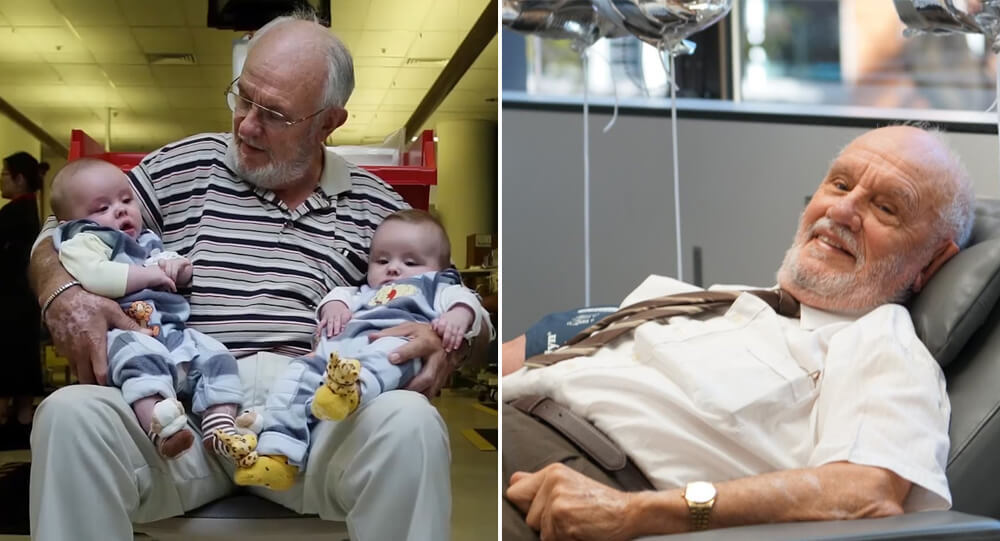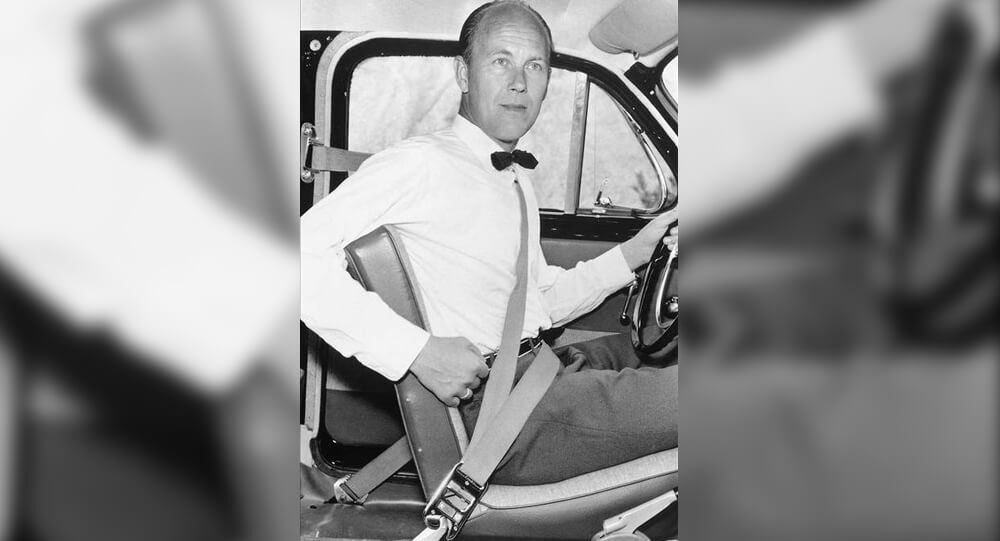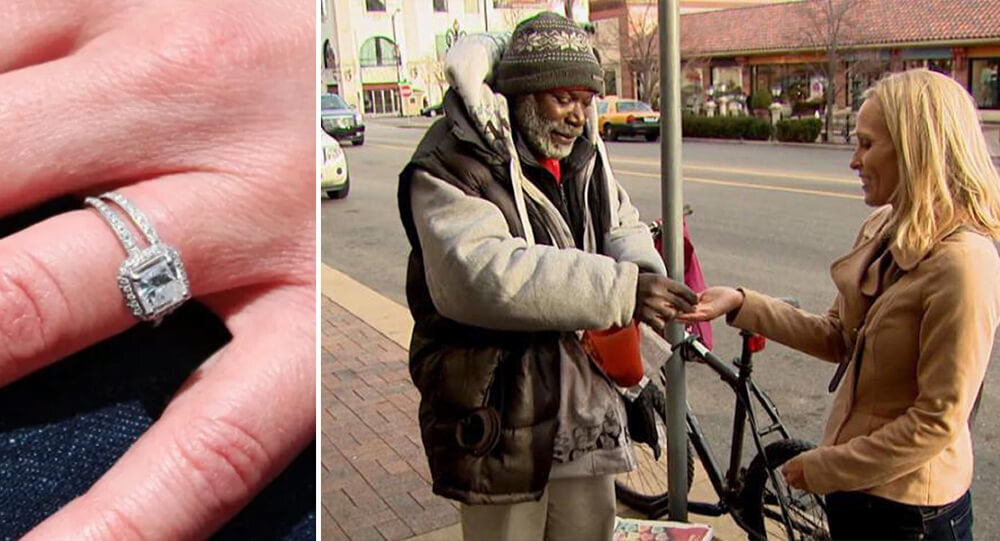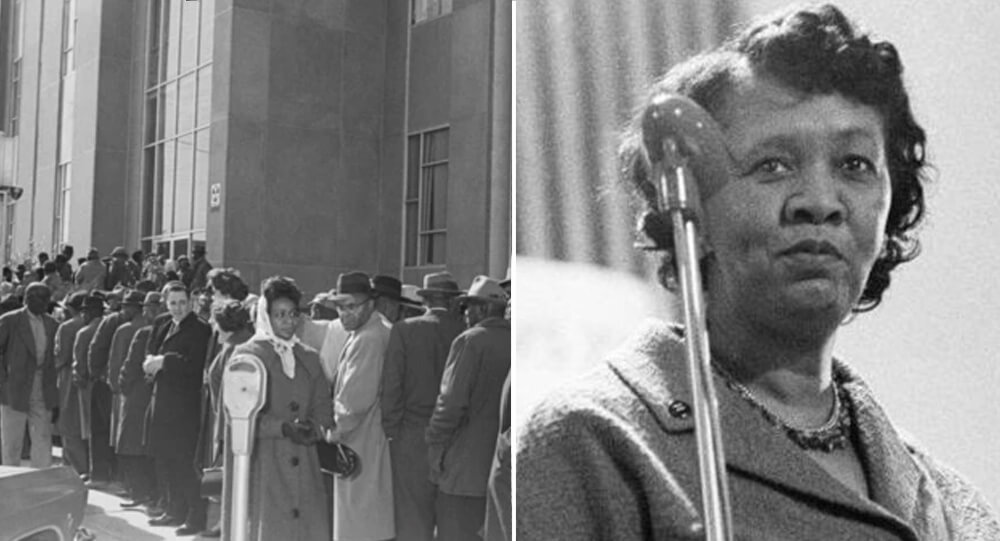
Considered one of Martin Luther King Jr.’s crowning moments in building racial equality, he was accompanied by Annie Lee Cooper, without whose tireless efforts many Black Americans might not have the right to vote today.
When Annie Lee Cooper was waiting in line to cast her ballot outside the Selma Dallas County courthouse in January 1965, a police officer approached her and tried to stop her from performing her civic duty. Cooper is notorious for punching the cop in the face after he prodded her in the neck with his baton.
Despite being mostly absent from the typical American classroom, Cooper gained some notoriety when Selma, the Academy Award–winning film that featured her tale, was released in 2014. Only four years had passed since her death at the age of 100 when the movie came out, and none other than Oprah Winfrey brought her story to life.
This is the real-life story of activist, revolutionary, and champion of voting rights Annie Lee Cooper.
Annie Lee Cooper’s Childhood In Jim Crow America
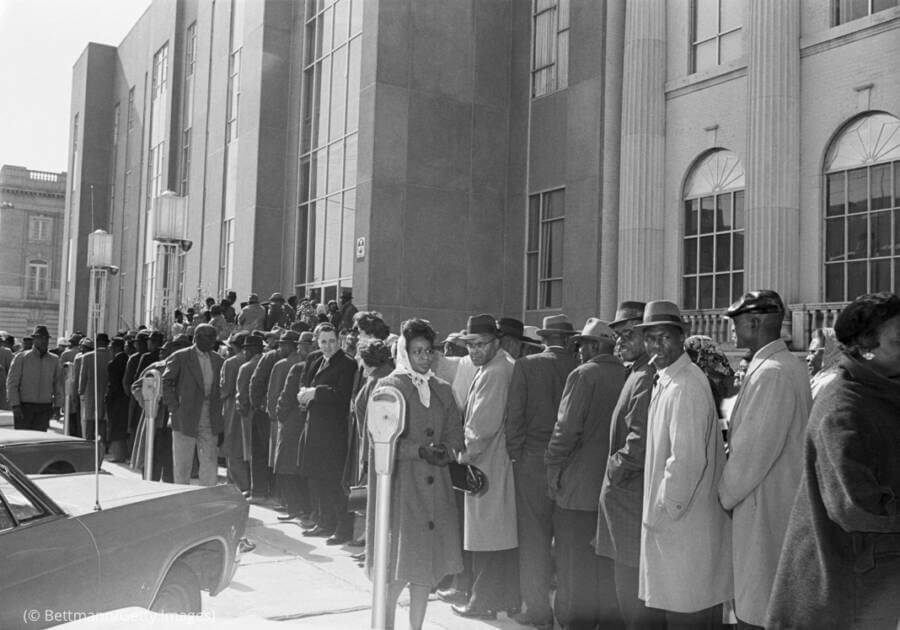
Cooper, an only child of Lucy Jones and Charles Wilkerson Sr., was born Annie Lee Wilkerson in Selma, Alabama, on June 2, 1910. Cooper completed the seventh grade of school before quitting and moving in with one of her sisters in Kentucky. She later relocated to Pennsylvania.
Cooper was born during a perilous juncture in American history. No matter their socioeconomic standing, Black men and women were unable to vote in 1901 under the recently enacted Alabama constitution.
Legal experts concur now that the main aim of this constitution was to formalize white dominance in the state. However, white Alabamans at the time mostly accepted its conditions.
Cooper discovered that there were states where Black people could vote despite growing up in a state where they couldn’t. Cooper became motivated by this difference and set out on a quest to the voting booth.
Becoming A Civil Rights Activist
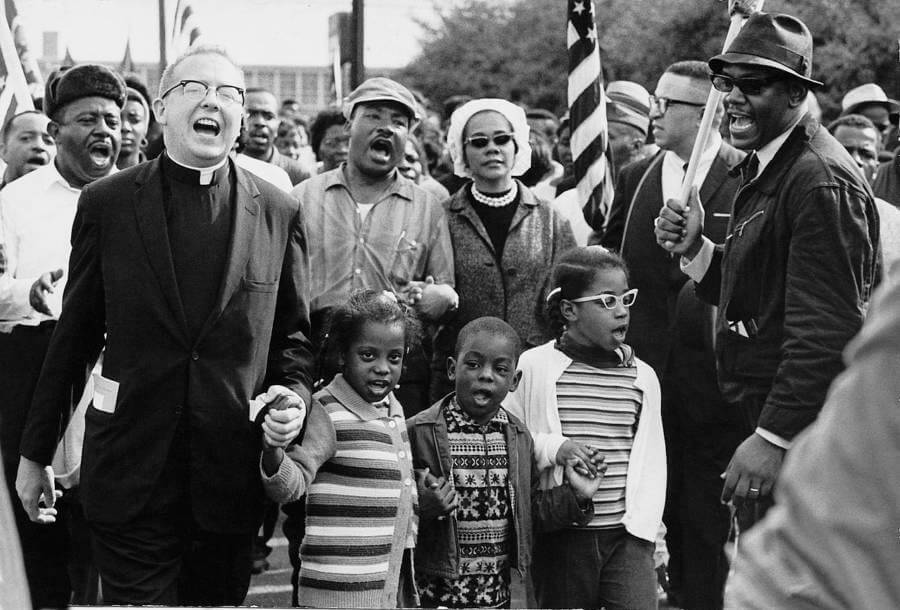
To take care of her elderly mother, Annie Lee Cooper traveled back to Selma, Alabama, in 1962. However, when she arrived, she discovered that Black men and women continued to be denied the right to vote.
In order to mobilize Black men and women to petition for voting rights, American civil rights activist Bernard Lafayette and his wife Colia Liddell arrived in Alabama about the same time. The Student Non-Violent Coordinating Committee (SNCC), which the newlyweds were representing, appealed to young Cooper right away.
Cooper would repeatedly recount how, in order to register to vote in Alabama, she had to take a “voting test,” a Jim Crow-era literacy test that was impossible to pass. However, she consistently failed the test, as was planned by the system each time.
“Once, I was in line starting at 7 a.m. but never managed to register,” she claimed.
Therefore, Annie Lee Cooper joined the SNCC in 1963, armed with the activist experience she had garnered through working with the Dallas County Voter’s League. Her day job dismissed her when they learned about her new activism.
Cooper, unfazed, took a position as a clerk at a motel. She subsequently joined the growing civil rights movement as an official member. The movement, which was characterized by nonviolent protest and nonviolent marches, was founded in large part to combat the dangers of white supremacy in the American South.
When Annie Lee Cooper attempted to register to vote in Selma, Alabama once more in January 1965, she earned her place in American history.
But white Sheriff Jim Clark stopped her when she arrived at the polling place. It would turn out to be among the Sheriff’s biggest errors of judgment.
Cooper, unfazed, took a position as a clerk at a motel. She subsequently joined the growing civil rights movement as an official member. The movement, which was characterized by nonviolent protest and nonviolent marches, was founded in large part to combat the dangers of white supremacy in the American South.
When Annie Lee Cooper attempted to register to vote in Selma, Alabama once more in January 1965, she earned her place in American history.
But white Sheriff Jim Clark stopped her when she arrived at the polling place. It would turn out to be among the Sheriff’s biggest errors of judgment.
Punching Sheriff Jim Clark
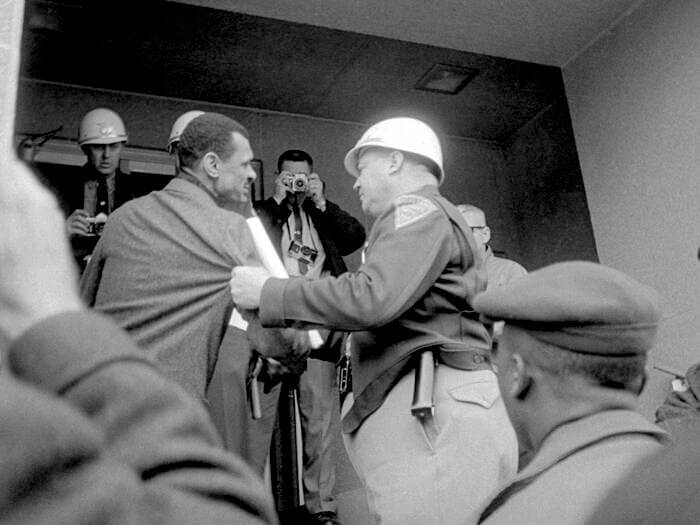
James Gardner Clark Jr., the sheriff of Dallas County, Alabama, has a track record for being a rough individual. He enlisted the Ku Klux Klan to prevent Black Alabamans from casting ballots, beat and detained peaceful protesters with great violence, and even stabbed Black people with cattle prods.
He was praised for his “publicity services delivered” after The Washington Post released pictures of Clark assaulting civil rights activist Amelia Boynton.
When Clark ultimately passed away in 2007, The Washington Post’s obituary almost seemed to celebrate his passing due to his abhorrent actions. “Mr. The story stated that Clark “seemed to relish confrontation.” “He at least struck C.T., an organizer. He then claimed he did not remember punching Vivian in the face, although an X-ray revealed a linear fracture in a finger on his left hand.
But when Clark prodded Cooper’s neck with his billy club in January 1965, presumably as a prelude to something worse, he received a taste of his own medicine. In response, Cooper gave him what is now jokingly referred to as a “two-piece and a biscuit.”
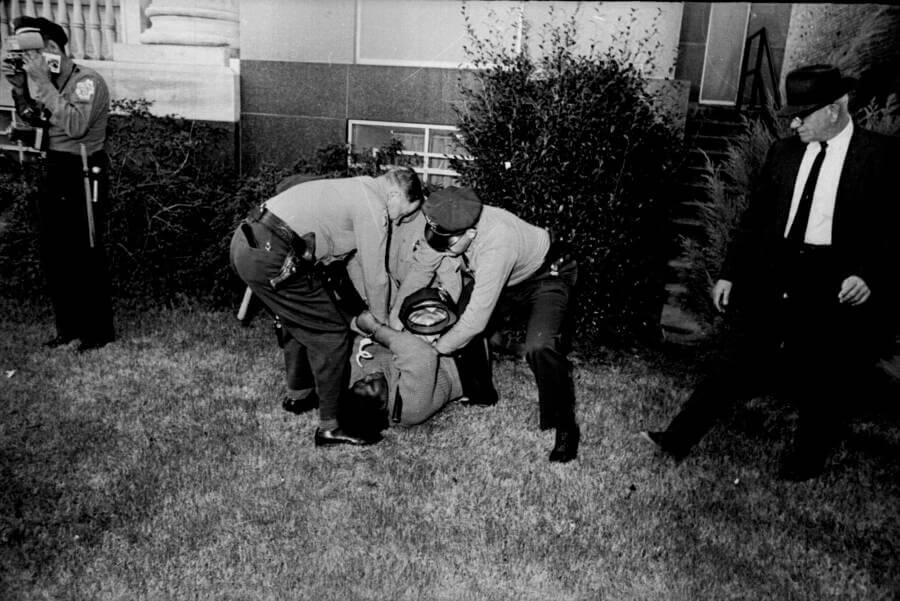
She recalled, “I was just standing there when his deputies told a man with us to move and when he didn’t, they tried to kick him.” “That’s when Clark and I started arguing. I make an effort to act nonviolently, but I can’t say I wouldn’t act the same way again if they treated me harshly like they did this time.
Cooper was detained for clocking Sheriff Clark, probably in accordance with the law. But she was almost immediately released after Clark threatened to beat her while she was in custody.
It wasn’t in vain that she confronted him. The Voting Rights Act of 1965 was eventually approved shortly after, thanks to the tireless efforts of Cooper, her contemporaries, and Martin Luther King Jr.
Annie Lee Cooper’s Death At 100
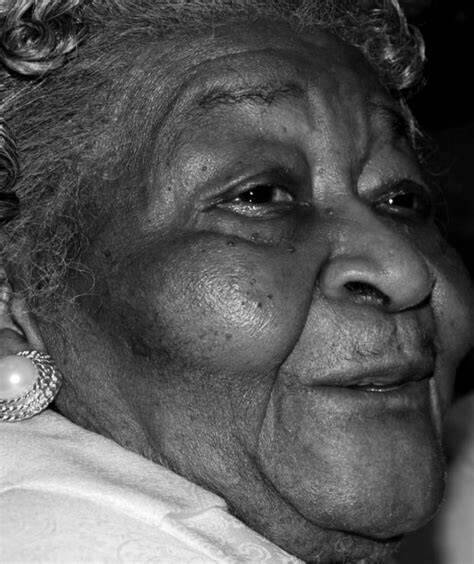
In her final years, Cooper lived a very calm and laid-back life in Selma, where her hometown named a roadway Annie Cooper Avenue in honor of her commitment to the civil rights fight on the occasion of her 100th birthday.
Her loving mother had lived to be 106, so according to her relatives, Cooper planned to live many longer.
Sadly, Annie Lee Cooper passed away on November 24, 2010, at the Selma, Alabama, Vaughan Regional Medical Center. Although she didn’t survive very long after turning 100, her impact on American history will never be forgotten.

ILOVEYOU Virus, the worst computer virus of all time
The ILOVEYOU Virus, also known as Love Letter for You or Love Bug, had a high infection rate due to its ability to spread itself by copying entries from users' email address books. It is a virus that was created in 2000 by a college student in Manilla, Philippines, and was recognized by the Guinness Book of World Records as the worst computer virus of all time, causing more damage than anything before it.

Drive-Thru Weddings in Las Vegas: The Ultimate Fast, Fun, and Legal Way to Say “I Do”
Inspired by fast food convenience, Las Vegas offers drive-thru weddings where couples can legally marry in under 5 minutes—without leaving their car. Some chapels even offer curbside Elvis impersonators and 24/7 ceremonies, complete with “to-go” marriage licenses.

A story of a man Survived Inside Sunken Ship For Three Days
A man survived a sunken ship for nearly three days, 279 feet underwater and in complete darkness, while listening to fish eat the bodies of his shipmates.

Restaurant owner offers burglar a job rather than filing charges
On April 13, 2021, Diablo’s Southwest Grill was robbed, but instead of pressing charges, owner Carl Wallace decided to offer the burglar a job in his business and said “There are better opportunities out there than this path you’ve chosen,”.

How hero parrot saved little girl who was choking on her breakfast
In 2008 Quaker parrot Willie alerted his owner Megan Howard when the little girl she was babysitting began to choke. Howard was in the bathroom when the parrot repeatedly yelled "Mama! Baby!" flapping his wings. Megan rushed and performed the Heimlich maneuver, saving her life. Willie received the Red Cross Animal Lifesaver Award.

From Ocean Trash to Trendy Kicks: Adidas Sells 1 Million Eco-Friendly Shoes Made from Plastic Bottles
Adidas has sold over 1 million eco-friendly shoes made from ocean plastic. Each pair reuses the equivalent of 11 plastic bottles

A man who was saved from committing suicide 16 years ago now assists people dealing with mental health issues
Kevin Berthia traveled to the Golden Gate Bridge in 2005 to commit suicide. He ended up spending 92 minutes on the edge of the bridge talking to officer Kevin Briggs about his life. In much better circumstances, they cross paths at the same bridge ten years later.

New York installs first offshore wind turbine to power 70,000 homes
New York State has achieved a historic milestone in its clean energy transition by installing the first wind turbine at its first offshore wind farm, South Fork Win.

Timothy Ray Brown, who inspired millions of HIV-positive people, died of leukemia
Timothy Ray Brown, also known as "The Berlin Patient," was the first person to be HIV-free. He was diagnosed with leukemia in 2006 and had a bone marrow transplant in 2007 as part of his treatment. The transplant helped him overcome the otherwise incurable disease thanks to the rare, HIV-resistant donor.

A Pilot Survived 20 Minutes Outside A Flying Jet
In 1990, the captain of flight 5390 Timothy Lancaster got sucked out of his own plane when the window of the plane fell off. The crew held the captain’s leg for 30 minutes while the plane performed emergency landing. Everyone survived.

Why Is the N Lowercase in 7-Eleven?
7-ELEVEN is thought to have a lowercase "n" in its logo because the company president's wife believed that a logo with all caps would seem harsh, while a lowercase "n" would make it more graceful.

The incredible story of a plane that lost its roof in mid-flight and the light signal that saved 94 lives.
On April 28, 1988, Aloha Airlines flight 243 was on the way to Honolulu from Hilo when a huge portion of the upper part of the fuselage blew off the airplane.

Photos: This man sold everything 45 years ago to buy a bike and travel 6,000 miles from India to Sweden to see his love.
An Indian man traveled from India to Sweden on a bicycle to meet his Swedish wife in 1978. The journey took him 4 months and through eight countries.

Beyoncé and Jay-Z's Hospital Security Blocked NICU Access for Father of Premature Twins
A father was denied access to see his premature twins in the NICU when Beyonce and Jay-Z had their daughter at the same time.

Man's Blood Helped Save Millions of Babies
Australian blood donor James Harrison has been one of our most impressive and valued donors, having donated for 60 years. Know his story, how he was a pioneer of our Anti-D program, and why this matters.

Smart guy brings life-sized cutout of his late mother to his graduation
Even though that his mother passed away in 2016, a young man had a clever idea to make a life-size cutout of her and bring it to the event so that she could attend his graduation ceremony.

A flight attendant uses a secret note to save a teen girl from sex trafficking
The flight attendant Shelia Fredrick. She spotted a distressed girl with an older man. She left a note in the restroom on which the victim wrote that she needed some help. The girl was rescued from a human trafficker after the authorities were informed.

The beauty and uniqueness of Fukang Meteorite
This Fukang meteorite is around 4.5 billion years old and weighs more than 2,000 pounds. It was discovered in China in 2014 and is assumed to have formed when our solar system initially formed.

Neerja Bhanot, the braveheart flight attendant was never run away from a crisis
Neeja Bhanot, a 22 year old Indian flight attendant who helped hides 41 American passports aboard a hijacked plane. She died shielding three children from gunfire and was posthumously awarded bravery medals from India, Pakistan, and the United States.

Who invented the three-point seat belt?
While employed by Volvo in 1959, Swidish engineer Nils Bohlin created the three-point safety belt. Volvo first had the design patented, but soon as they discovered its importance as a new safety measure, they made the patent open to everyone. Millions of lives were genuinely spared by Volvo’s gift to the world.

Billy Ray Harris: A Story of Kindness and Honesty
In 2013, a homeless man named Billy Ray Harris discovered a $4,000 engagement ring in this cup. A woman had dropped while giving him some change. He returned the ring to her two days later. To thank him for his honesty, she set up a fund with the goal of raising $4,000 for him. It earned more than $185,000.

The actions of a 7-year-old girl protected her mother from bullets
A 7-year-old girl jumped in front of her mother to save her from a man who was attempting to kill her in 2007. She was shot six times and survived, as well as saving her mother.

Before Hollywood, Christopher Walken Was a Teenage Lion Tamer with a Lioness Named Sheba
Before acting, Christopher Walken worked as a lion tamer in a circus at age 16. He performed with a lioness named Sheba and described the job as surprisingly calm—just another day before Hollywood stardom.

Max Headroom Incident: America’s Creepiest TV Hack
In 1987 a man hijacked a television station during an episode of Dr. Who and wore a Max Headroom mask and uttered nonsense, and he still hasn’t been caught

Missing Masterpiece Discovered in the Background of ‘Stuart Little’
In 2009, Gergely Barki, an art historian, was watching the film Stuart Little (1999) when he spotted an original long-lost painting used as a prop. Called Sleeping Lady with Black Vase, this painting was the work of Hungarian avant-garde painter Róbert Berény. The painting had been considered lost after World War II.


